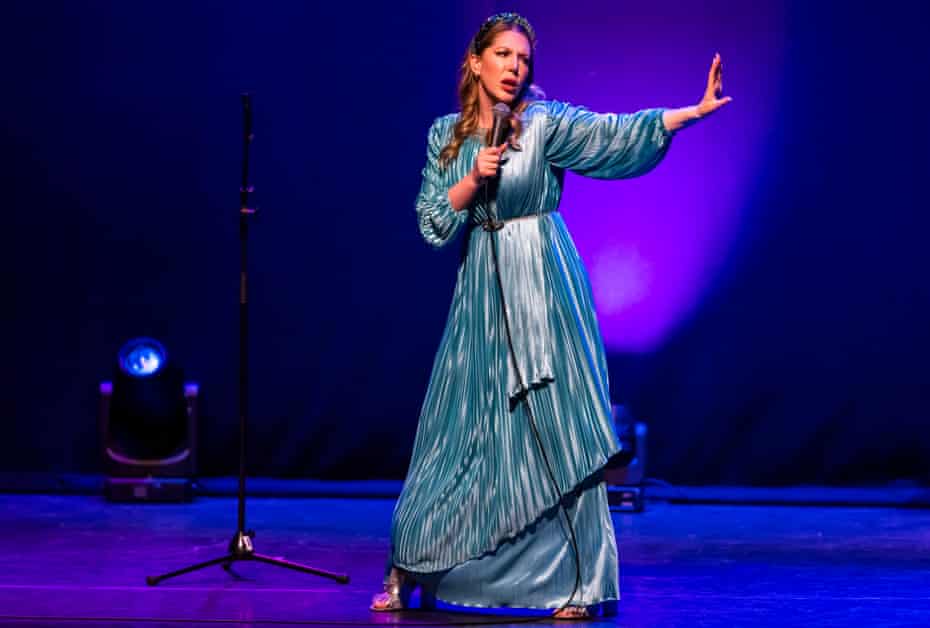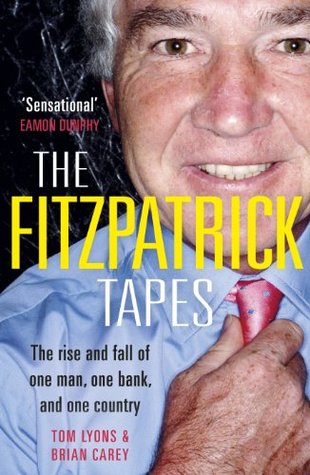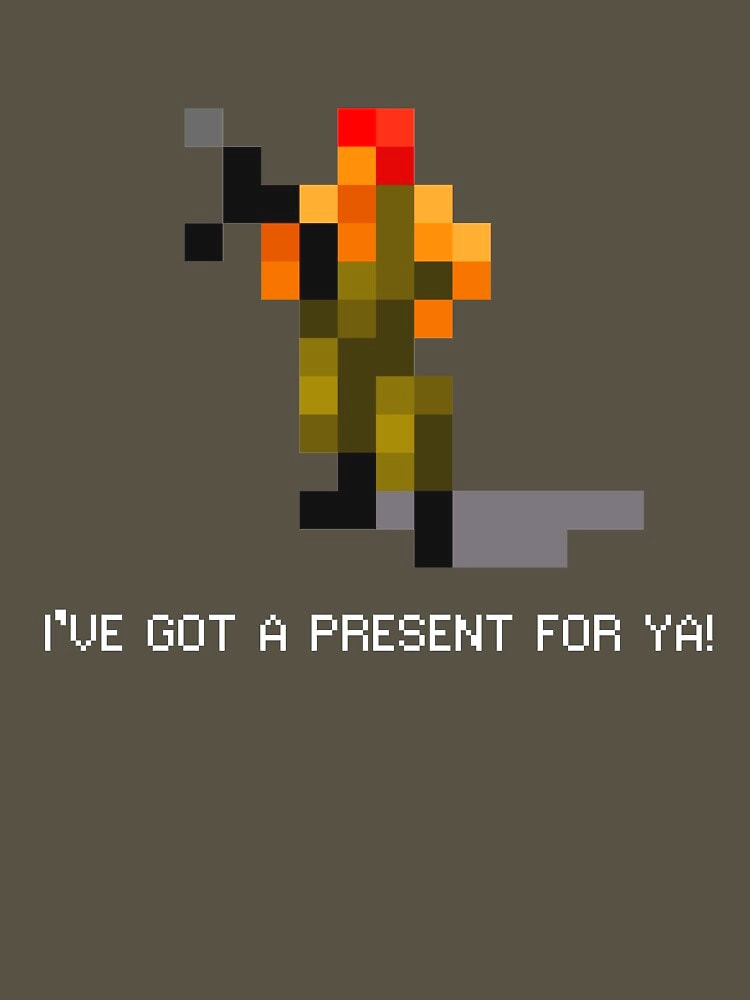Katherine brought her usual outlandish humour, which always catches you by surprise no matter how much you might expect it. There seems to be no boundaries to her thought process, from large penis humiliation straight to nazi jokes she will go from one obscure topic to the next.
Otherwise Katherine's comedy is a rather uninhibited journey, a conversation with friends, a self expose on her utmost insecurities that she's not afraid to laugh about. Perhaps that's what has helped project her as such an icon for the gen z's in the room.
While the show itself was five stars, it was entirely different from the last two times I went to see Kathryn Ryan...which were intimate gigs on Netflix in the comfort of my own sitting room.
So it was a bit weird and somewhat annoying being at a show where other people spent the first 20 minutes moving around, finding seats, going to the toilet, unpacking their picnics, having conversations, doing flash photography, and heckling.
I know, it's a comedy gig, you've had a few drinks, you feel funny, but this is post Covid, you're not on your own sofa now. So to the gal that shouted 'fuck the english' yes you embarrassed the room. There are times when it's acceptable to shout abuse at our unapologetic overlords, like when they're messing about with the NI protocol or stealing our potatoes. But when your favourite comedian comes on tour with her English born son and tells you stories about life in London it's best to silence your inner provo for the night. Kathryn Ryan addressed this with some innuendo about fucking the English and moved on.
Also worth a mention is the buffoon who heckled about the hosts appearance, Kathyrn responded by doing a Q&A session explicitly on the Kardashians, which apparently is the best way to confuse and ignore middle aged men.
There were some better behaved members of the audience of course, like Stephen who stood up to represent Irelands alpha males, which was handy as Verona Murphy couldn't make it. Stephen took several jokes on the chin and laughed all the way, and we all hope his misus proposes to him soon.
For anyone who missed the show, or who isn't yet ready to crowd share their hero, then it's worth listening to Kathryn's podcast, Telling Everyone Everything, which is sometimes educational, often enlightening, and always entertaining.



 RSS Feed
RSS Feed
